Dominican Republic
“Soy todo sentimiento”
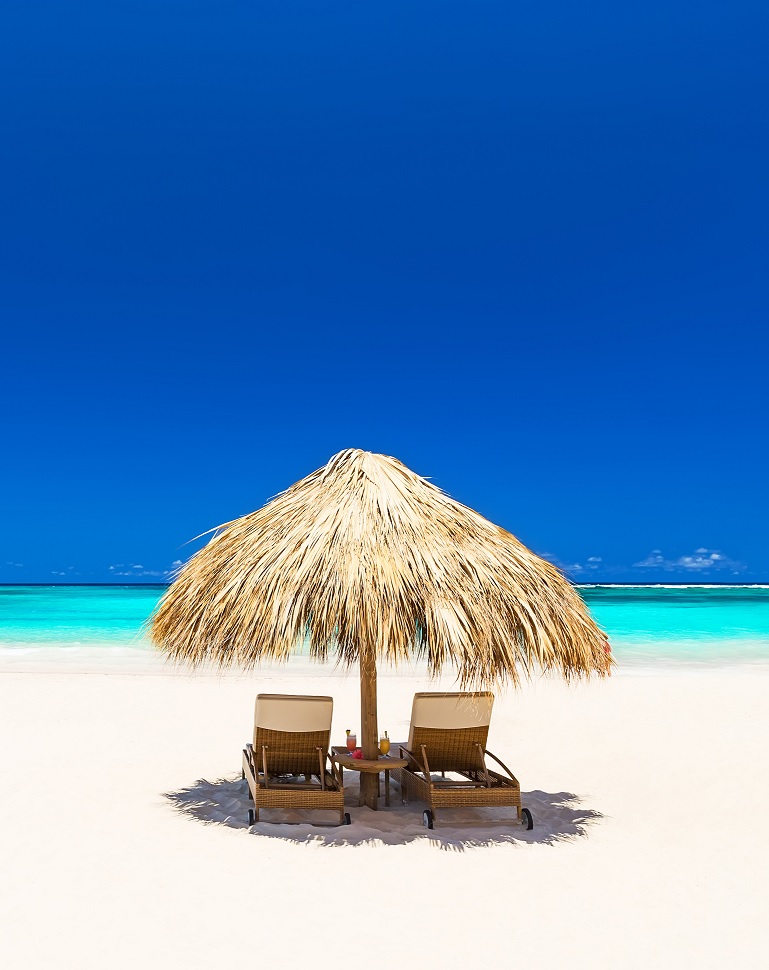
There are figures that are etched in our memory and assume the status of “almost a protagonist” in the stories of our lives. However much time passes, and however yellow the pages of our intimate diary become, they refuse to fade away. It is therefore necessary to honour them.
This is the case of Julito, the bus driver who, over the course of two weeks, led a bunch of students on adventures (and misadventures) on their finalist holidays. His bonhomie, his romanticism and his sense of humour, as sweet as the insular rhythm of his homeland, were encapsulated in the sticker he had above the rear-view mirror: “Soy todo sentimiento.”
The scenario: Dominican Republic, late 1990s (some of the readers weren’t even born). A group of university finalists chose the quiet village of Juan Dolio as the destination for their final academic tour, in an all-inclusive wristband package. There are episodes that shouldn’t leave the pages of the diary, such as moonlight serenades washed down with (a lot of) rum that invariably ended up in sea dives with (or without) clothes. But there are others that are shareable.
Julito became the hero who put up with the chants of the noisy group as he took them to visit the four corners of the Caribbean country.
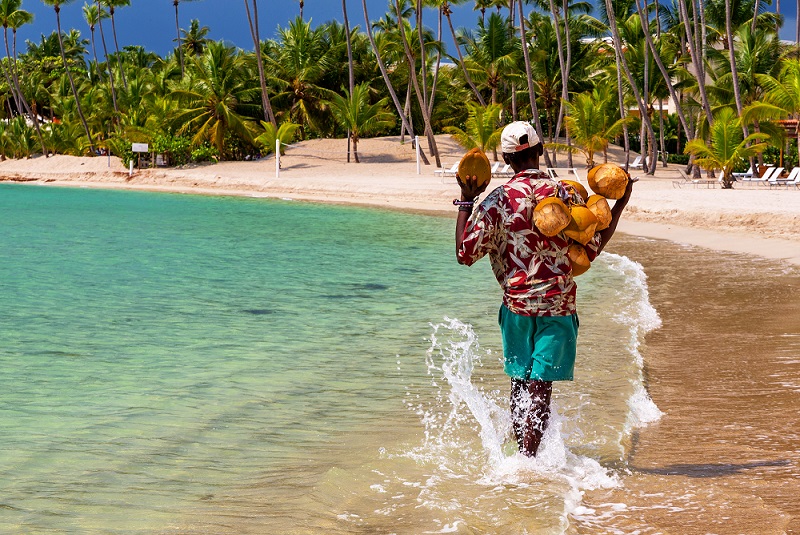
Julito became the hero who put up with the chants of the noisy group as he took them to visit the four corners of the Caribbean country that occupies two-thirds of the island of Hispaniola, shared with Haiti: the setting for the films Apocalypse Now and Jurassic Park; the vacation homes of Hollywood celebrities; the colourful market in the capital, Santo Domingo; or the endless sugar cane plantations. He would last until late nights at seaside clubs, where, on the hot sand and to the rhythm of a tasty salsa, the crooked feet became expert dancers led by the sure hands of the mobsters who owned the night.
The next day, with the same good disposition and endless patience, he took them to drink a juice from the said cane to help cure the hangover, followed by lunch at a roadside restaurant where the music never stopped. And where, painted on a wall of peeling paint, with seagulls wanting to take off with a blue background, a premonitory sentence could be read: “Si amas algo, déjalo libre, si regresa es tuyo, sino nunca lo fue.”
There were rare occasions when Julito stopped being the protagonist to give his place to another Julio, this one without the right to a nickname: Iglesias. We left early in the morning, my sister by heart Ana and I, my companion on other roads that do not matter for now, on two rented bicycles to start the day listening to the stories of the Italian who had exchanged the frenetic life of a journalist in Europe for the sweet vibe of a Caribbean bar. As soon as he saw us arrive, he played over and over again our favorite song: La Carretera, by the singer Julito who broke so many hearts. “Llueve y está mojada la carretera / Qué largo es el camino, qué larga espera!” – we sang, hand to chest, completely out of tune, following the wise motto of Julito, the driver: “Soy todo sentimiento.”
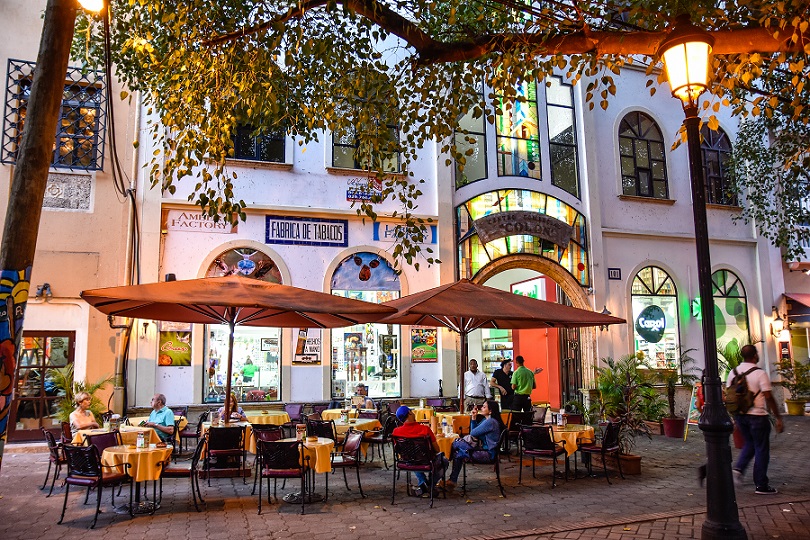
There were also some breaks in the life of revelry, when, in preparation for the night, we laid down on a sun lounger by the pool, on an unsuspecting siesta in the shade of a coconut tree, with the memories of Pablo Neruda sleeping on our chest, setting the tone for the chapters that we would still write: “I confess that I have lived.”
After two weeks, Julito somberly drove the bus towards the airport and the group noisily boarded the flight home. Tanned skins, full smiles, hair frizzy with sun and salt, singing in unison (or not at all): “Sigo en la carretera buscándote / al final del camino te encontraré / aceleré…”
In addition to the fine sand beaches and warm waters, it is worth visiting the parks that served as the backdrop for several Hollywood films.
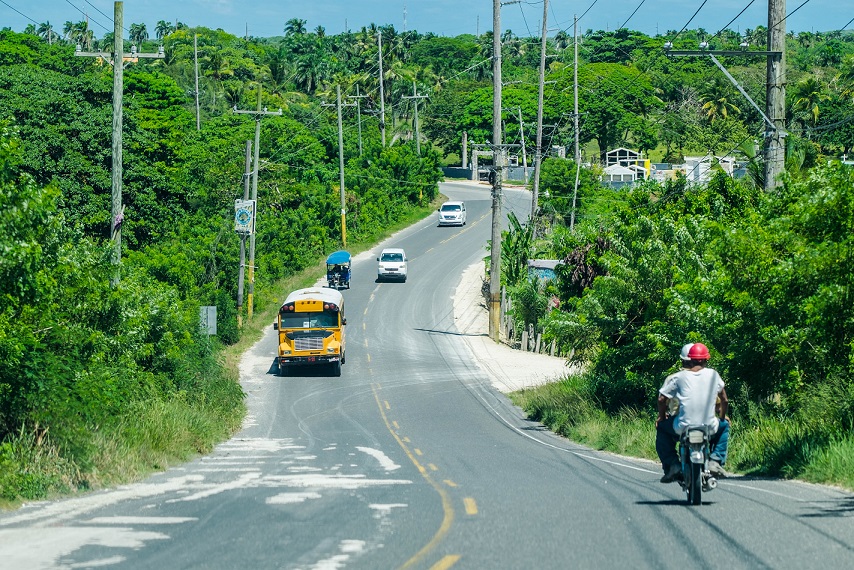
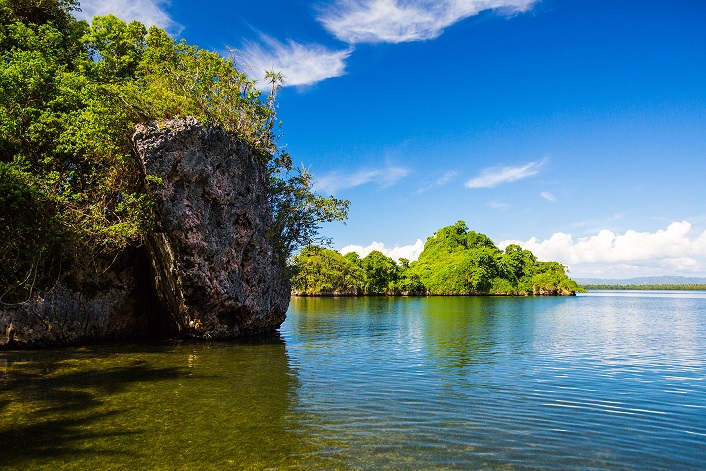
▶ HOW TO GO
Fly to Las Américas International Airport via the United States (Miami or Newark) or via Europe (from Madrid).
▶ WHERE TO STAY
Options abound in what is one of the most popular tourist destinations in the Caribbean. Boca Chica, 30 kms from the capital, is one of the most popular beaches. The resort of Juan Dolio is 70 kms away.
▶ WHERE TO EAT
In the Dominican Republic, perhaps the most relevant issue is what to drink rather than what to eat. We recommend aged rum with a rich texture and golden color (look for the “Ron Barceló Gran Añejo”), served with lots of ice and a few drops of lime. In case of exaggerating in the amount, the next day, drink cane juice and everything gets better.
▶ WHAT TO DO
In addition to the fine sand beaches and warm waters, it is worth visiting the natural parks that served as the backdrop for several Hollywood films. The colourful Santo Domingo market should also be part of the itinerary.
▶ WHAT TO WATCH OUT FOR
Passengers from South Africa are required to test negative for COVID-19. Given the constant evolution of the pandemic, it is advisable to check the latest updates on official websites before travelling.
Issue 68 Jul/Aug | Download.
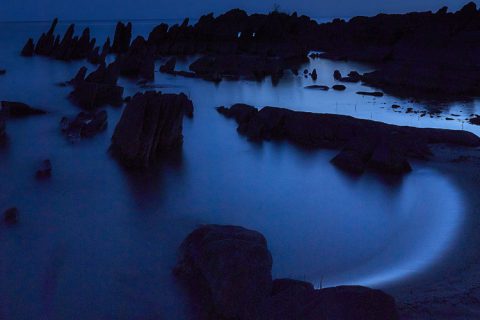
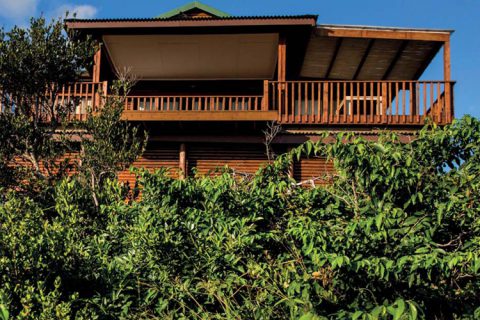


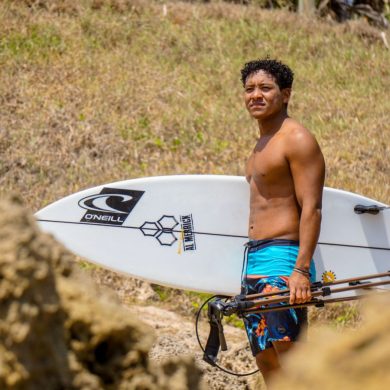
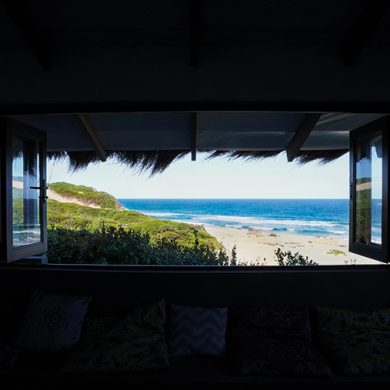
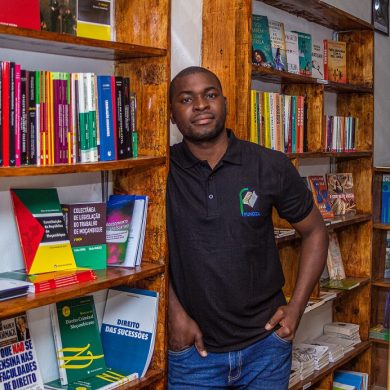
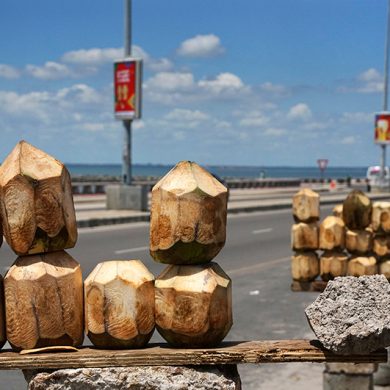
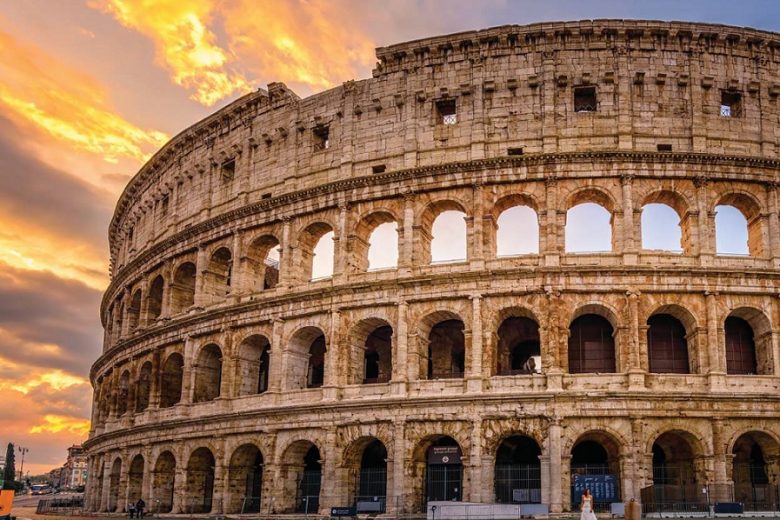
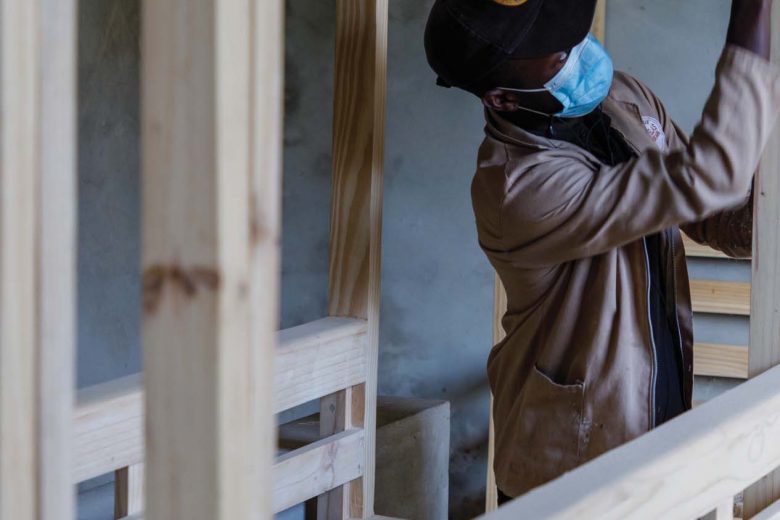










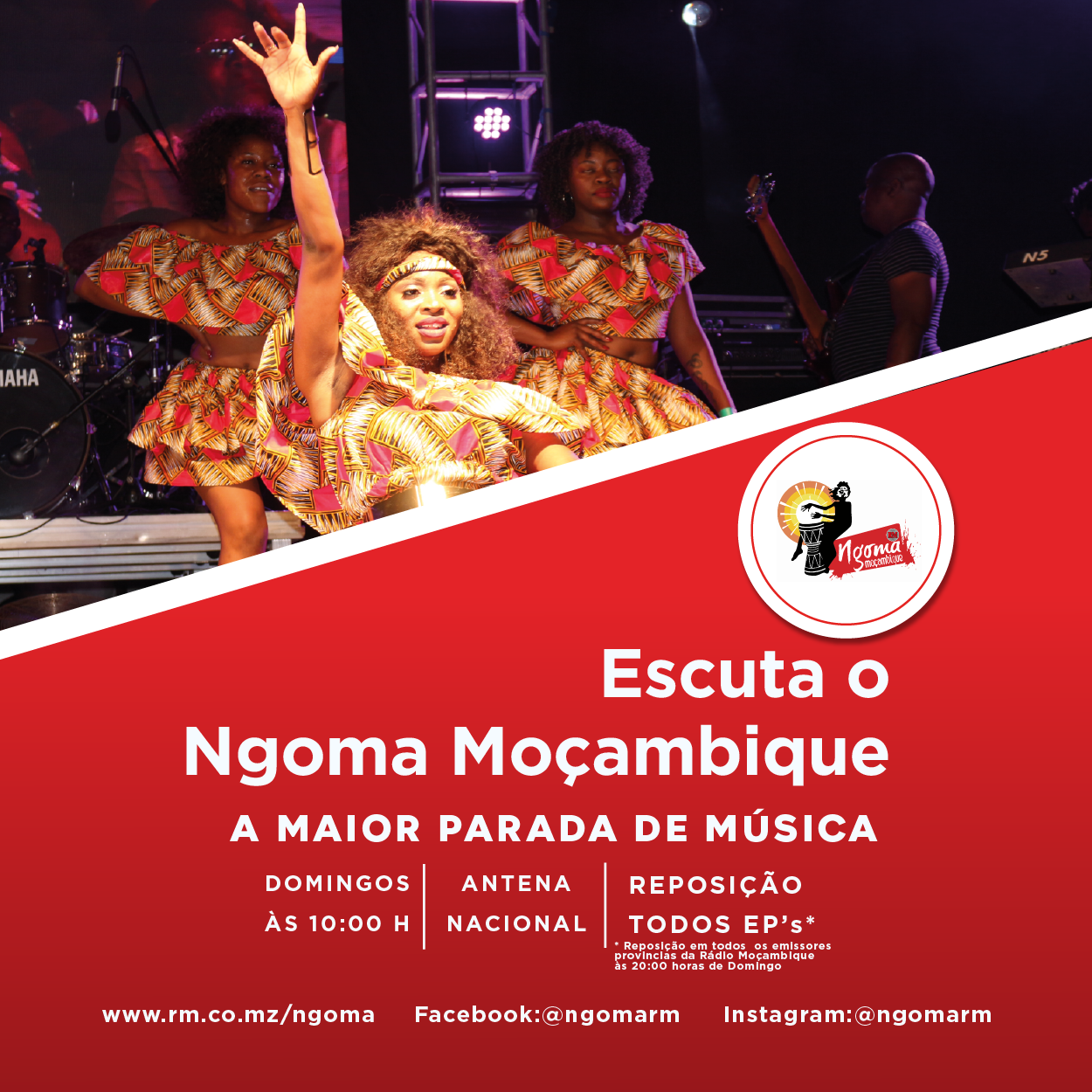






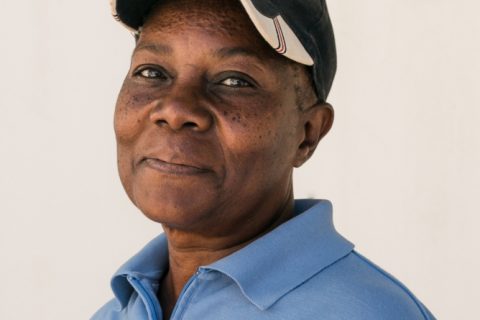
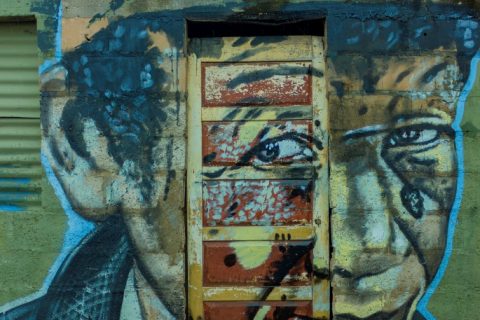


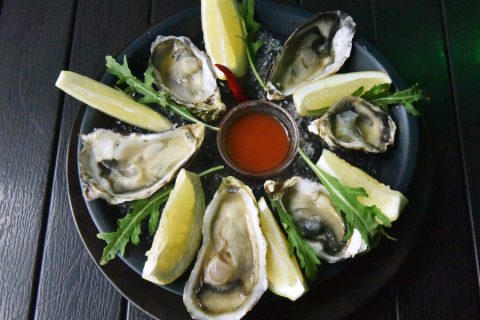
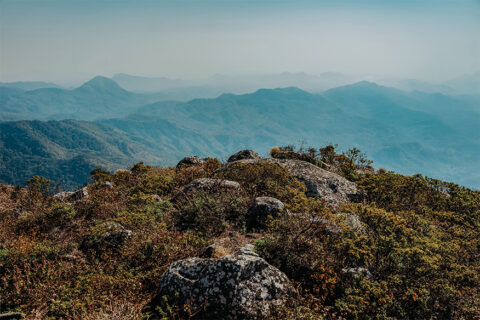


0 Comments